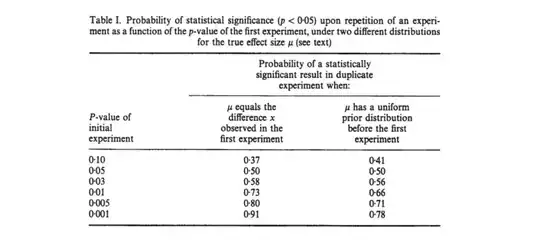Consider three normally distributed random variables, $X,Y,Z$ where $Cov(X,Y)<0$ and $Cov(X,Z)>0$. Can we say anything about the sign of $Cov(Y,Z)$?
Intuitively, $Y$ goes down when $X$ goes up. Next, $Z$ goes up when $X$ goes up. I would guess $Cov(Y,Z)<0$.
Set $\rho=Corr(X,Y)<0$. Then, $Y=\rho X+\sqrt{1-\rho^2}\epsilon$ where $\epsilon\sim N(0,1)$ is orthogonal to $X$. Then, \begin{align} Cov(Y,Z) &= Cov\left(\rho X+\sqrt{1-\rho^2}\epsilon,Z\right) \\ &=\underbrace{\rho Cov(X,Z)}_{<0} + \sqrt{1-\rho^2}Cov(\epsilon,Z). \end{align} Is there an argument why $Cov(\epsilon,Z)$ should be zero or negative? Or are additional assumptions necessary?
Let's write $Z=r X+\sqrt{1-r^2}\epsilon_Z$ where $\epsilon_Z\sim N(0,1)$ is orthogonal to $X$.. Then, \begin{align} Cov(\epsilon,Z) = \sqrt{1-r^2}Cov(\epsilon,\epsilon_Z). \end{align} I cannot see why $Cov(\epsilon,\epsilon_Z)$ should be zero/negative.
